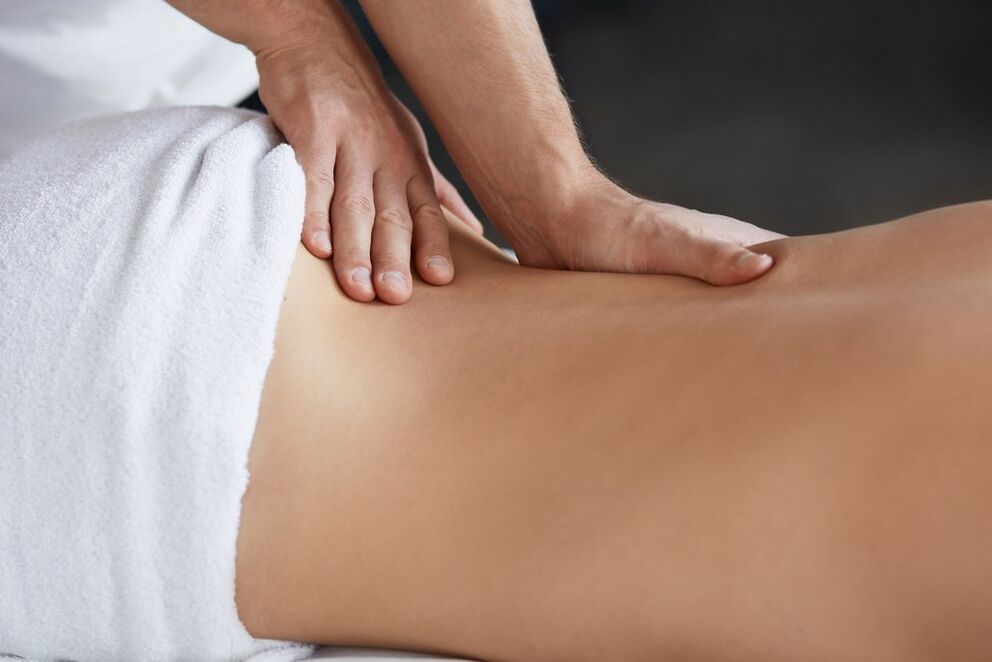Osteochondrosis is a chronic disease with progressive degenerative changes of the intervertebral discs. Most of the time, this pathological process affects the cervical or lumbar spine. Gradually, it can lead to the formation of a herniation, followed by compression of the spinal cord, blood vessels passing nearby, and so on. In this article, we will discuss the clinical symptoms and treatment of lumbar disc osteochondrosis.
How does lumbar osteochondrosis manifest?

The main clinical symptom of this pathological process is back pain.
The intensity and nature of pain syndromes may vary with each condition. Some patients present with acute pain that is exacerbated by light movements and forces them into forced postures.
However, dull pain syndrome is present in most cases (more than 70% of patients). The pain is moderate and persistent. Although the patient does not have to take the forced position, he restricts his physical activity. When the lumbar spine is affected, this manifests as avoiding sharp bends and sitting and standing slowly.
In addition to symptoms of the spine itself, extravertebral signs can also be observed. If compression of the base of the spine occurs, the person expresses pain in peripheral nerve processes. A common manifestation of pathological changes in the lumbar region is lumbar sciatica, which manifests as severe pain episodes localized in the lumbar region and thigh, occurring during periods of physical exertion.
Treatment principles

Osteochondrosis is a disease that requires complex treatment. First, during exacerbations, it is advisable to limit motor activity in the affected area. Here we mean bed rest.
NSAIDs, analgesics are used to relieve pain. You can relieve muscle cramps with the help of muscle relaxants. In some cases, the treatment plan is supplemented with anticonvulsants. Glucocorticoids may be administered topically with compression of the spinal cord root.
In addition to medication, patients with this diagnosis require physical therapy, therapeutic exercise, and massage.
During the rehabilitation phase, balneotherapy is recommended. In 2017, scientists from the Federal University published a paper showing the effectiveness of using a combination of balneotherapy, including a dry air heat bath and aerosol antler bath, for the rehabilitation of patients with spinal osteochondrosis.
With severe compression of the spinal cord, the question of surgical intervention was decided.


















